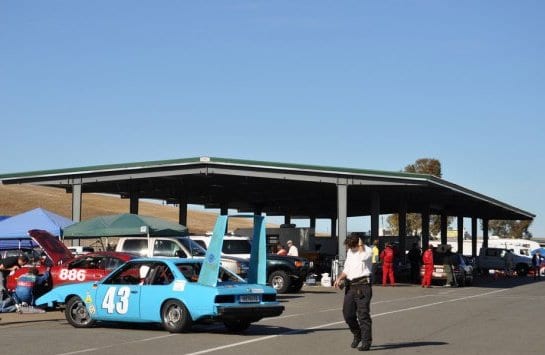Automakers that compete in motorsport love to tout technology gleaned from racing. That is, when on-track knowledge translates to a better road car.
Lotus loved its lightness. Porsche has the best automatic gearbox on the market. Mazda makes vehicles with great steering tuning. And Mercedes-Benz is fine tuning its turbochargers thanks to the efforts of its Formula 1 team.
What’s your favorite example of technology that started out on the race track but filtered into production car applications?


Leave a Reply